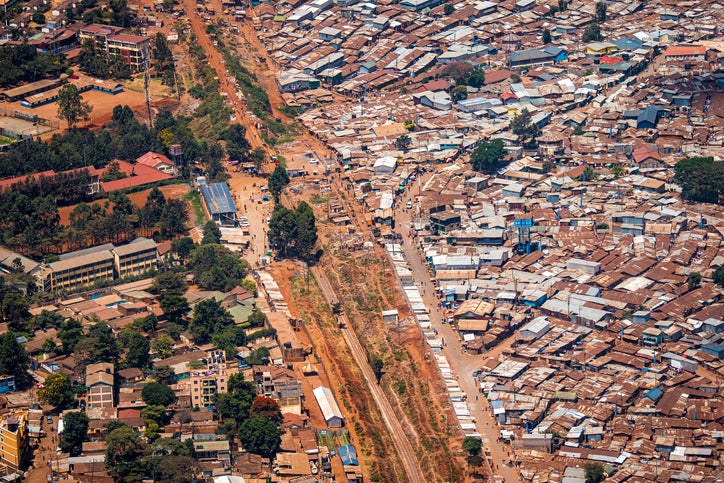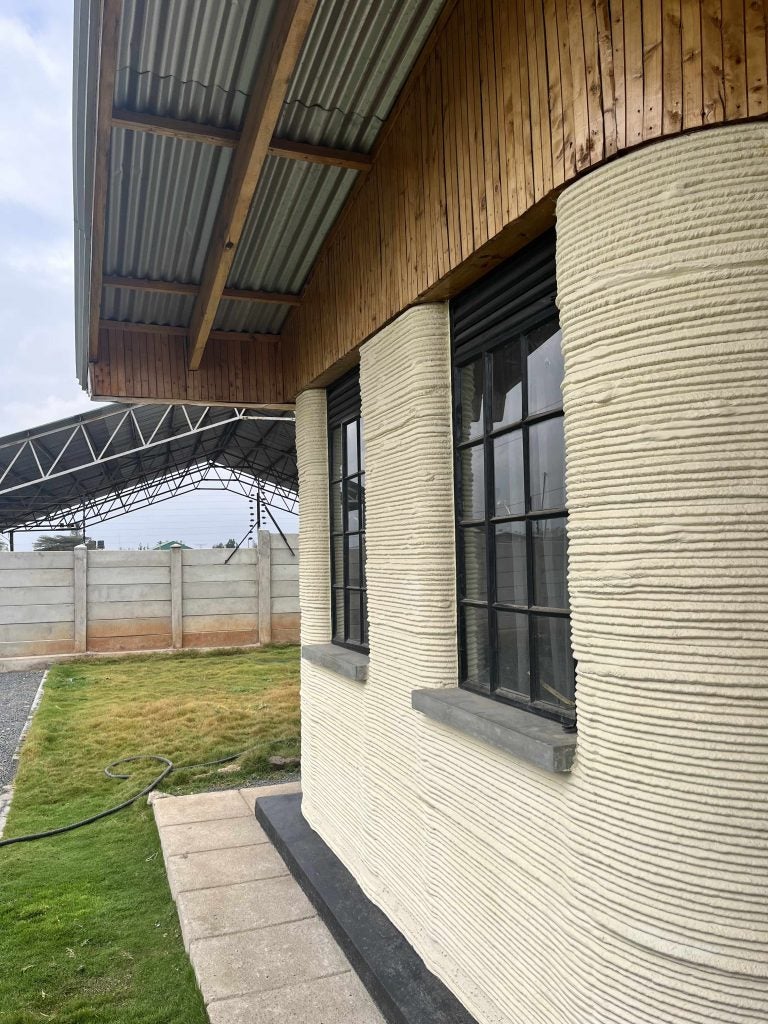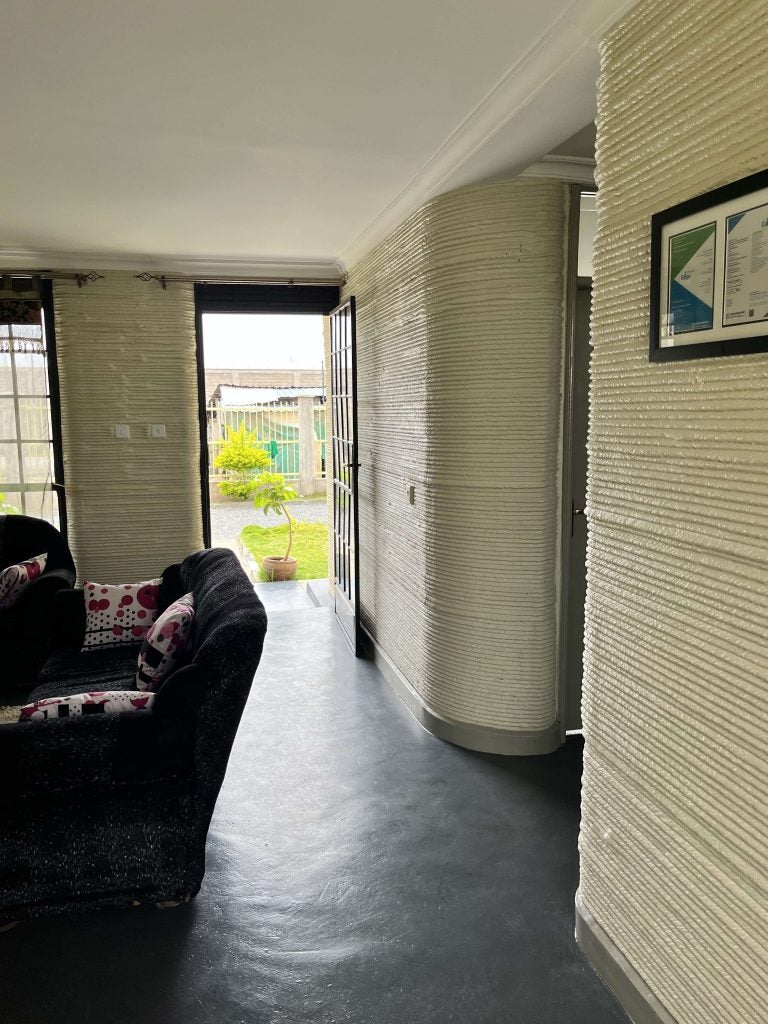
There is a global sustainable housing crisis. Not only is the built environment –including construction and energy use – responsible for around 40% of annual greenhouse gas emissions, but there are billions of people around the world residing in overcrowded or inadequate housing. All of them must be provided with a low-carbon alternative if the world is to meet its climate ambitions under the Paris Agreement and the 2030 UN Sustainable Development Goals (SDGs). 3D-printing could help deliver this sustainable housing boom.
SDG 11 calls for “cities and human settlements [to be] inclusive, safe, resilient and sustainable” by 2030. To meet this goal, some three billion people will need to be provided with new housing by 2030, says the UN, which will require the equivalent of around 100,000 new houses per day between now and then.

Discover B2B Marketing That Performs
Combine business intelligence and editorial excellence to reach engaged professionals across 36 leading media platforms.
The sustainable housing crisis is particularly acute in Africa, where cities are becoming home to around 40,000 new people every day. Major African economies all face massive housing deficits: Ghana’s sits at 1.7 million houses, South Africa’s 3.7 million, while in Nigeria, a lack of adequate housing affects 14–16 million people.
Tackling the sustainable housing crisis is not just a problem: it is also a massive economic opportunity. Green buildings is an investment opportunity worth $24.7trn across all emerging markets this decade, according to the World Bank.
COP28 hosted the first ever 'Building Day' seen at a UN climate conference. The day saw the official launch of the Buildings Breakthrough, where 27 countries covering a third of the global population and just over half of gross domestic product signed up to make ‘near-zero and resilient buildings’ the new normal by 2030.
The Buildings Breakthrough is part of the Breakthrough Agenda, an internationally recognised, annual, COP-centred process launched two years ago at COP26. Its goal is to boost international cooperation among front-runners to accelerate decarbonisation this decade in certain high-emitting sectors.

US Tariffs are shifting - will you react or anticipate?
Don’t let policy changes catch you off guard. Stay proactive with real-time data and expert analysis.
By GlobalDataLed by France and Morocco – and including a mix of developed and developing nations such as the US, Germany, UK, Turkey and Senegal – signatories of the Buildings Breakthrough are set to meet in Paris in 2024 at the Buildings and Climate Global Forum in order to double down on their commitments and assess progress to date.
“Business, industry and city leaders are already taking action to unlock the climate solutions of the buildings sector,” said Razan Al Mubarak, UN climate change high-level champion for COP28, in a press statement in Dubai. “We welcome this strong commitment from governments which will provide the enabling environment to accelerate the sector’s sustainable transformation for everyone, everywhere.”
Decarbonising the energy consumed in buildings will require billions in energy efficiency investments, and low-carbon heating and electricity systems. Decarbonising construction, meanwhile, will require new technologies to make the manufacturing of carbon-intensive materials like cement and glass low carbon. There are also policy drives to bring in alternative building materials such as wood.
Then there are more high-tech solutions like 3D-printing, which hold the potential to both build more sustainably, and – crucially – lower construction costs by making processes much more efficient.
Africa’s first-ever 3D-printed house
Alongside a dusty highway on the outskirts of Nairobi, the capital of Kenya, is an unassuming wall topped with barbed-wire. In front of the wall, a group of children play football with a tin can, while the cars rush relentlessly towards Mombasa. It is a familiar scene across much of the country – but less so is what lies behind the wall: Africa’s first ever 3D-printed house, built by a company called 14Trees in 2021.
The house itself looks and feels sturdy, with painted concrete walls and a concrete base. Inside, it has a modestly sized kitchen and living area, and two bedrooms.

Africa’s first-ever 3D-printed house, built by a company called 14Trees in 2021. Credit: Nick Ferris.
“We have designed the house ourselves, and built it with the first 3D printer designed and built in Africa,” explains Francois Perrot, the French managing director of 14Trees, in an interview with Energy Monitor. “Key sustainability dimensions – such as ventilation, water harvesting, solar panels – are integrated in the design.”
The technology behind the building involves layering concrete through a computer-controlled nozzle. The machinery collects a precise amount of mortar each time, meaning that the quantity used is typically 50% lower than in standard construction methods.
14Trees claims that the reduction in time, cost and materials used for building means that the building’s overall environmental footprint is up to 70% lower than in traditional construction. Building with 3D-printing also lowers CO₂ emissions by up to 70% compared with building with burnt bricks, the conventional construction method widely deployed across developing countries, it says.
As well as being used in a number of sustainable housing developments in Africa, the company has built the world's first 3D-printed school in Malawi. Overall, 14Trees has built around 10% of the 3D printed houses currently standing around the world.

The interior of the 3D-printed house on the outskirts of Nairobi. Credit: Nick Ferris.
For the time being, the 3D-printing construction process is roughly as expensive as conventional building practices, although 14Trees expects this to change in the coming years.
“When we started three years ago, we were much more expensive than conventional building practices, as we relied on foreign expertise," says Perrot. "Now, using our own printer that is made in Africa that is cheaper to acquire and cheaper to use, we are now, per square metre, on par – and we believe that if we keep optimising our technology, we will be 20% cheaper still."
“Currently, our market is [the] middle classes: there are other parameters that need to be addressed for people in the slums to get access to a decent home, such as land ownership, but the speed [at which] that [3D-printing] technology is becoming competitive is just amazing for us as a company, and there are huge opportunities as African economies and societies continue to develop,” he adds.
The need for effective policy and financing
Even if 14Trees achieves its cost curve ambitions, the investment environment needs to improve in many countries for the company to be able to scale up across the developing world.
“The technical solutions are all here now. The question is: how can we take them to the market to have the faster and bigger impact that we want?” says Perrot.
The answer to Perrot’s question is that financiers, policymakers and businesses must be able to operate in an environment where they can work as effectively as possible together.
“A combination of effective policy signal and a demand side signal can also develop markets, and drive both the innovation and the uptake of new technology in order to scale it,” said Cassie Sutherland, managing director for climate solutions at C40 Cities, a global network of nearly 100 mayors of the world's leading cities, in a media briefing at the end of November.
“Especially in the Global South, sustainable building should be connected with conversations about multilateral development bank reform in order to finance the action that is needed,” she added.
“These factors are ultimately what will drive all the changes that we need to see in construction: whether in electrifying our buildings, or improving the construction of buildings, which are both crucial pillars to drive us to the green economy that we need.”





